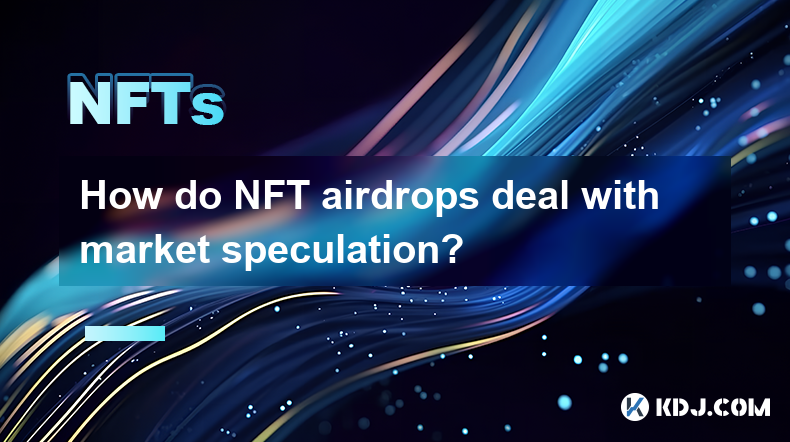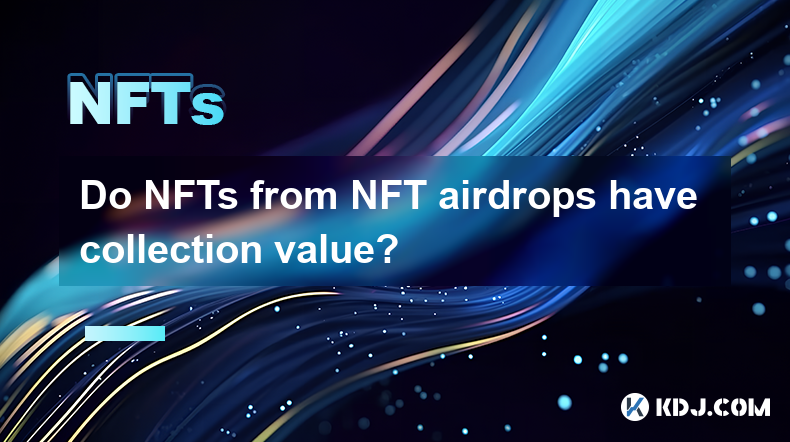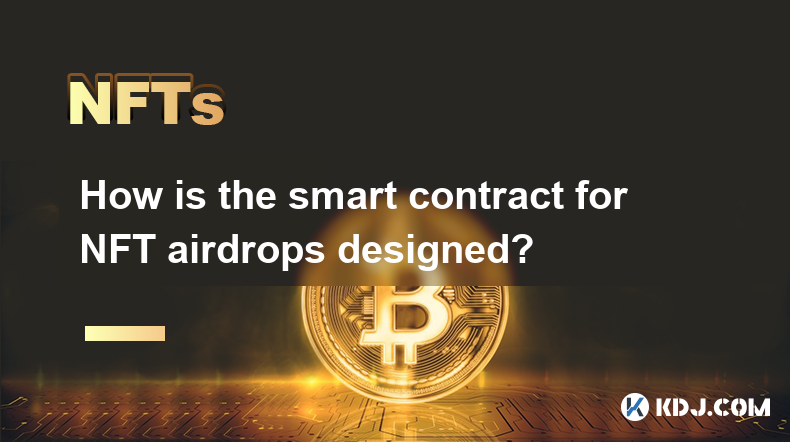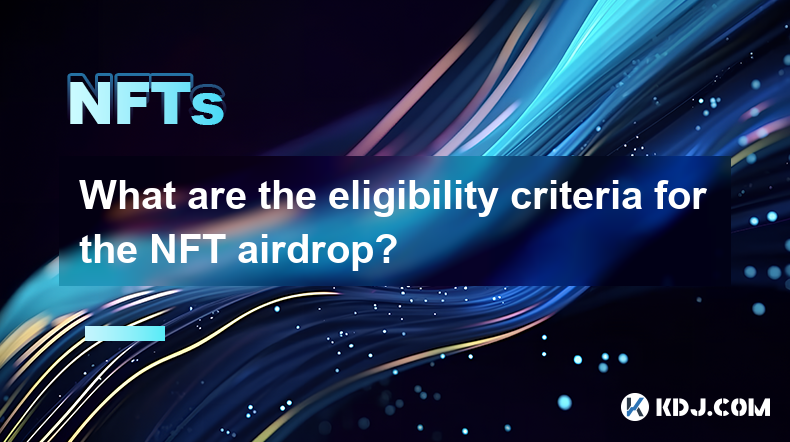-
 Bitcoin
Bitcoin $84,975.0973
-0.30% -
 Ethereum
Ethereum $1,587.3346
-1.78% -
 Tether USDt
Tether USDt $0.9999
0.02% -
 XRP
XRP $2.0767
-0.59% -
 BNB
BNB $590.3985
-0.15% -
 Solana
Solana $136.7883
-1.52% -
 USDC
USDC $0.9999
0.02% -
 TRON
TRON $0.2466
1.66% -
 Dogecoin
Dogecoin $0.1557
-0.90% -
 Cardano
Cardano $0.6203
-1.64% -
 Chainlink
Chainlink $13.3687
3.06% -
 UNUS SED LEO
UNUS SED LEO $9.3251
0.20% -
 Avalanche
Avalanche $19.5152
-3.56% -
 Toncoin
Toncoin $3.0074
1.31% -
 Stellar
Stellar $0.2442
-1.65% -
 Shiba Inu
Shiba Inu $0.0...01240
0.81% -
 Hedera
Hedera $0.1669
0.13% -
 Sui
Sui $2.1105
-2.36% -
 Bitcoin Cash
Bitcoin Cash $335.5343
0.27% -
 Polkadot
Polkadot $3.9046
2.46% -
 Hyperliquid
Hyperliquid $17.7019
-1.69% -
 Litecoin
Litecoin $77.5194
1.99% -
 Dai
Dai $0.9999
0.01% -
 Bitget Token
Bitget Token $4.4018
-2.74% -
 Ethena USDe
Ethena USDe $0.9994
0.02% -
 Pi
Pi $0.6397
-1.48% -
 Monero
Monero $214.7168
1.68% -
 Uniswap
Uniswap $5.2780
-0.94% -
 Pepe
Pepe $0.0...07554
1.65% -
 Aptos
Aptos $5.0456
2.10%
How to fix NFT transaction failure caused by insufficient gas fee?
Gas fees are crucial for NFT transactions on Ethereum; insufficient fees can cause failures. Adjust gas price and limit using tools like Etherscan for success.
Apr 19, 2025 at 11:21 am

Understanding Gas Fees in NFT Transactions
In the world of cryptocurrencies, gas fees play a crucial role in executing transactions on blockchain networks like Ethereum. These fees are payments made to miners or validators for processing and validating transactions. When dealing with Non-Fungible Tokens (NFTs), insufficient gas fees can lead to transaction failures, causing frustration for users. Understanding how gas fees work and how to adjust them is essential for successful NFT transactions.
Identifying Insufficient Gas Fee Issues
When an NFT transaction fails due to insufficient gas fees, the blockchain network will typically return an error message indicating that the transaction was rejected because the gas provided was not enough to cover the cost of processing. This can happen for several reasons, including setting the gas price too low or underestimating the gas limit required for the transaction. Recognizing these error messages is the first step in resolving the issue.
Adjusting Gas Price for NFT Transactions
To fix an NFT transaction failure caused by insufficient gas fees, you need to adjust the gas price. The gas price is the amount of cryptocurrency you are willing to pay per unit of gas. Here's how you can do it:
- Open your Ethereum wallet or the platform where you are conducting the NFT transaction.
- Navigate to the transaction settings or advanced options.
- Locate the gas price setting and increase it. You can use tools like Etherscan or EthGasStation to check the current recommended gas prices.
- Resubmit the transaction with the new gas price.
By increasing the gas price, you increase the likelihood that miners will prioritize your transaction, thus reducing the chance of failure due to insufficient fees.
Setting the Correct Gas Limit
Apart from the gas price, the gas limit is another critical factor in ensuring successful NFT transactions. The gas limit is the maximum amount of gas you are willing to use for a transaction. If the gas limit is set too low, the transaction may fail even if the gas price is adequate. Here's how to adjust the gas limit:
- Access the transaction settings in your wallet or platform.
- Find the gas limit option and increase it. A common starting point for NFT transactions is around 200,000 gas, but this can vary depending on the complexity of the transaction.
- Submit the transaction with the adjusted gas limit.
Ensuring that the gas limit is sufficient will help prevent transaction failures due to running out of gas mid-transaction.
Using Gas Estimation Tools
To avoid the hassle of trial and error, you can use gas estimation tools to determine the appropriate gas price and limit for your NFT transactions. These tools analyze current network conditions and provide recommendations based on historical data. Here's how to use them:
- Visit a gas estimation tool like EthGasStation or GasNow.
- Check the recommended gas prices for different transaction speeds (e.g., fast, average, slow).
- Adjust your transaction settings according to the recommendations.
- Submit the transaction with the estimated gas price and limit.
Using these tools can save time and increase the success rate of your NFT transactions.
Monitoring Transaction Status
After adjusting the gas price and limit, it's important to monitor the status of your transaction to ensure it goes through successfully. Most wallets and platforms provide a transaction hash that you can use to track the progress of your transaction on blockchain explorers like Etherscan. Here's how to do it:
- Copy the transaction hash provided by your wallet or platform.
- Visit a blockchain explorer like Etherscan and paste the transaction hash into the search bar.
- Check the transaction details to see if it has been confirmed or if it's still pending.
If the transaction is still pending, you may need to wait longer or consider increasing the gas price further. If it fails again, you'll need to repeat the process of adjusting the gas price and limit.
Frequently Asked Questions
Q: Can I recover the gas fees if my NFT transaction fails due to insufficient gas?
A: Unfortunately, gas fees are non-refundable. If your transaction fails due to insufficient gas, the fees paid up to that point are lost. It's crucial to set the correct gas price and limit from the start to avoid such losses.
Q: How can I minimize gas fees for NFT transactions?
A: To minimize gas fees, you can conduct transactions during times of lower network congestion, use layer 2 solutions like Polygon, or participate in gas-free NFT marketplaces. Always check gas estimation tools to find the optimal balance between speed and cost.
Q: Are there any risks associated with setting a very high gas price for NFT transactions?
A: Setting a very high gas price can increase the chances of your transaction being processed quickly, but it also means you'll pay more in fees. There's a risk of overpaying if the network conditions change rapidly, so it's important to use gas estimation tools to find a reasonable price.
Q: Can I use different cryptocurrencies to pay gas fees for NFT transactions?
A: Typically, gas fees for NFT transactions on the Ethereum network must be paid in Ether (ETH). However, some platforms and layer 2 solutions may allow you to use other cryptocurrencies or tokens for gas fees, so it's worth checking the specific requirements of the platform you're using.
Disclaimer:info@kdj.com
The information provided is not trading advice. kdj.com does not assume any responsibility for any investments made based on the information provided in this article. Cryptocurrencies are highly volatile and it is highly recommended that you invest with caution after thorough research!
If you believe that the content used on this website infringes your copyright, please contact us immediately (info@kdj.com) and we will delete it promptly.
- Crypto assets extended losses last week as sell pressure gripped investors
- 2025-04-21 05:35:15
- Big transactions, price momentum, and real user testing are drawing eyes to three major projects.
- 2025-04-21 05:35:15
- Binance Implements Mandatory Identity Verification for All Indian Users
- 2025-04-21 05:35:13
- Japan's Metaplanet Surpasses 1,000 BTC in Assets with Latest $10 Million Investment
- 2025-04-21 05:35:13
- Data-Backed Discipline Is Starting to Win in a Market Where Emotion Often Outweighs Logic
- 2025-04-21 05:25:13
- Rune stuns Alcaraz to win Barcelona title
- 2025-04-21 05:25:13
Related knowledge

How to display and trade NFTs from NFT airdrops?
Apr 18,2025 at 04:42am
How to Display and Trade NFTs from NFT Airdrops? NFT airdrops have become a popular way for projects to distribute their tokens and engage with their community. If you've received NFTs through an airdrop, you might be wondering how to display and trade them. This article will guide you through the process step-by-step, ensuring you can showcase your NFT...

How do NFT airdrops deal with market speculation?
Apr 20,2025 at 10:28pm
NFT airdrops have become a significant phenomenon in the cryptocurrency space, often used as a marketing tool to distribute tokens or digital assets to a wide audience. However, they also introduce elements of market speculation that can impact the value and perception of NFTs. This article explores how NFT airdrops deal with market speculation, delving...

Do NFTs from NFT airdrops have collection value?
Apr 18,2025 at 11:49pm
NFTs, or non-fungible tokens, have become a significant part of the cryptocurrency ecosystem, and NFT airdrops are one way for projects to distribute these digital assets to their community. A common question that arises is whether NFTs received from airdrops have any collection value. To answer this question, we need to delve into various aspects of NF...

How is the smart contract for NFT airdrops designed?
Apr 18,2025 at 03:10am
The design of a smart contract for NFT airdrops is a complex process that requires careful consideration of various factors to ensure the airdrop is executed smoothly and securely. This article will delve into the intricacies of how such a smart contract is designed, focusing on key components, security measures, and the implementation process. Key Comp...

What are the eligibility criteria for the NFT airdrop?
Apr 17,2025 at 04:56pm
Understanding NFT AirdropsNFT airdrops are a popular method used by blockchain projects to distribute non-fungible tokens (NFTs) to their community members. These airdrops can serve various purposes, such as rewarding loyal users, promoting new projects, or increasing the visibility of existing ones. To participate in an NFT airdrop, individuals must me...

How to design a user authentication system for an NFT platform?
Apr 20,2025 at 01:49pm
Designing a user authentication system for an NFT (Non-Fungible Token) platform is crucial for ensuring security, user experience, and compliance with regulatory standards. This article will guide you through the process of creating a robust authentication system tailored for an NFT platform, covering key aspects such as user registration, login mechani...

How to display and trade NFTs from NFT airdrops?
Apr 18,2025 at 04:42am
How to Display and Trade NFTs from NFT Airdrops? NFT airdrops have become a popular way for projects to distribute their tokens and engage with their community. If you've received NFTs through an airdrop, you might be wondering how to display and trade them. This article will guide you through the process step-by-step, ensuring you can showcase your NFT...

How do NFT airdrops deal with market speculation?
Apr 20,2025 at 10:28pm
NFT airdrops have become a significant phenomenon in the cryptocurrency space, often used as a marketing tool to distribute tokens or digital assets to a wide audience. However, they also introduce elements of market speculation that can impact the value and perception of NFTs. This article explores how NFT airdrops deal with market speculation, delving...

Do NFTs from NFT airdrops have collection value?
Apr 18,2025 at 11:49pm
NFTs, or non-fungible tokens, have become a significant part of the cryptocurrency ecosystem, and NFT airdrops are one way for projects to distribute these digital assets to their community. A common question that arises is whether NFTs received from airdrops have any collection value. To answer this question, we need to delve into various aspects of NF...

How is the smart contract for NFT airdrops designed?
Apr 18,2025 at 03:10am
The design of a smart contract for NFT airdrops is a complex process that requires careful consideration of various factors to ensure the airdrop is executed smoothly and securely. This article will delve into the intricacies of how such a smart contract is designed, focusing on key components, security measures, and the implementation process. Key Comp...

What are the eligibility criteria for the NFT airdrop?
Apr 17,2025 at 04:56pm
Understanding NFT AirdropsNFT airdrops are a popular method used by blockchain projects to distribute non-fungible tokens (NFTs) to their community members. These airdrops can serve various purposes, such as rewarding loyal users, promoting new projects, or increasing the visibility of existing ones. To participate in an NFT airdrop, individuals must me...

How to design a user authentication system for an NFT platform?
Apr 20,2025 at 01:49pm
Designing a user authentication system for an NFT (Non-Fungible Token) platform is crucial for ensuring security, user experience, and compliance with regulatory standards. This article will guide you through the process of creating a robust authentication system tailored for an NFT platform, covering key aspects such as user registration, login mechani...
See all articles





















































































